It’s a tale as old as time—not just of Beauty and the Beast, but the whole global enterprise Disney has created to further monetize their name towards an adoring and all too eager audience. The most recent venture from the House of Mouse has been adapting their beloved animated classics into live-action films. This has proven to be successful, as their slew of new releases within the past few years has ranked in millions in ticket sales with Beauty and the Beast recently becoming the 22nd highest grossing film of all time, earning over $1 billion at the box office. With critics praising these retellings and viewers filling up the theater seats, Disney has unsurprisingly announced plans for nearly twenty more live-action adaptations in the future. This is when the question must be asked: Is this necessary? Yes, because profit. Then a second question must be asked: Do these films truly measure up to their original predecessors?
These reincarnated movies have been noted for venturing away from the original storylines at times and even expanding upon ideas/characters not previously explored. The most prominent example of this being 2014’s Maleficent. The film spun the tale of Sleeping Beauty (1959) told from the perspective of the horned antagonist herself, but instead of delivering a story that emphasized the imminent power and evil surrounding this iconic villain, Maleficent completely rewrites sacred Disney lore and turns her backstory into one that is neither clever nor representative of the title character.

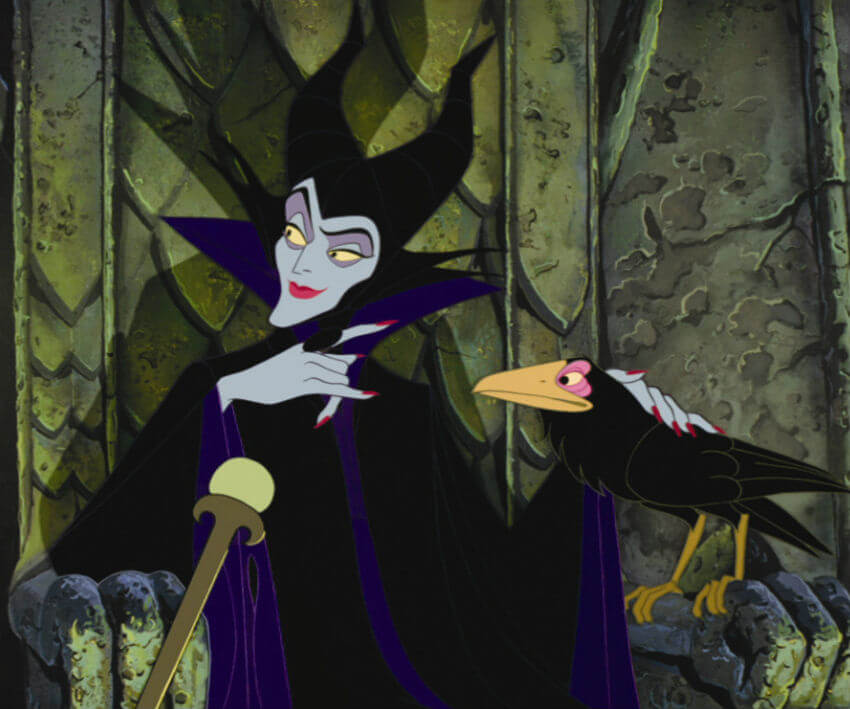
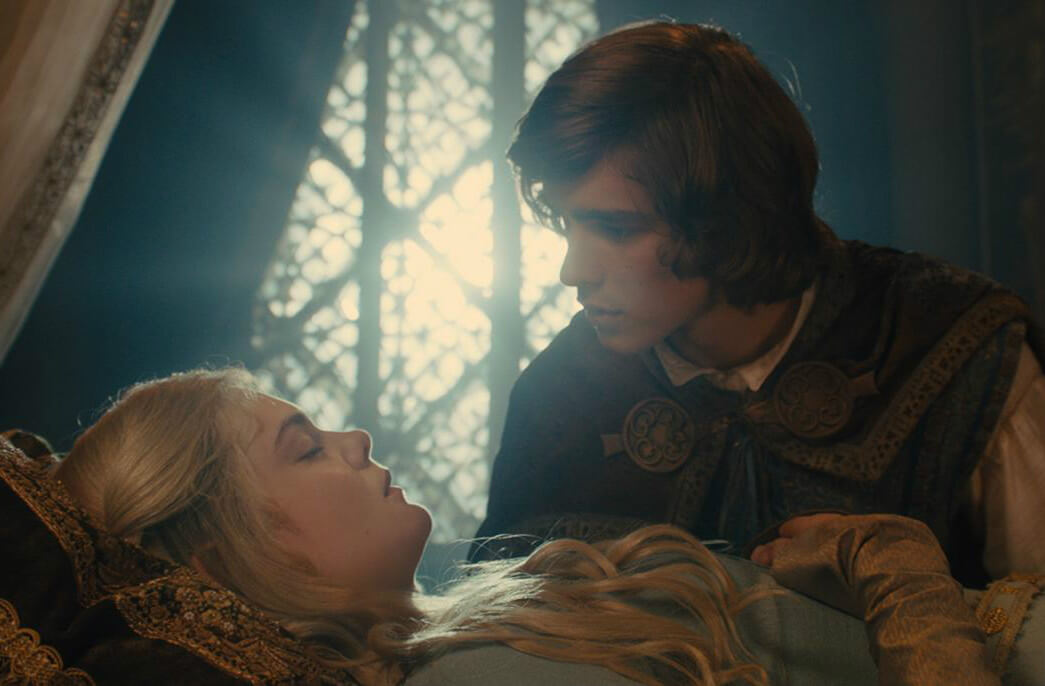
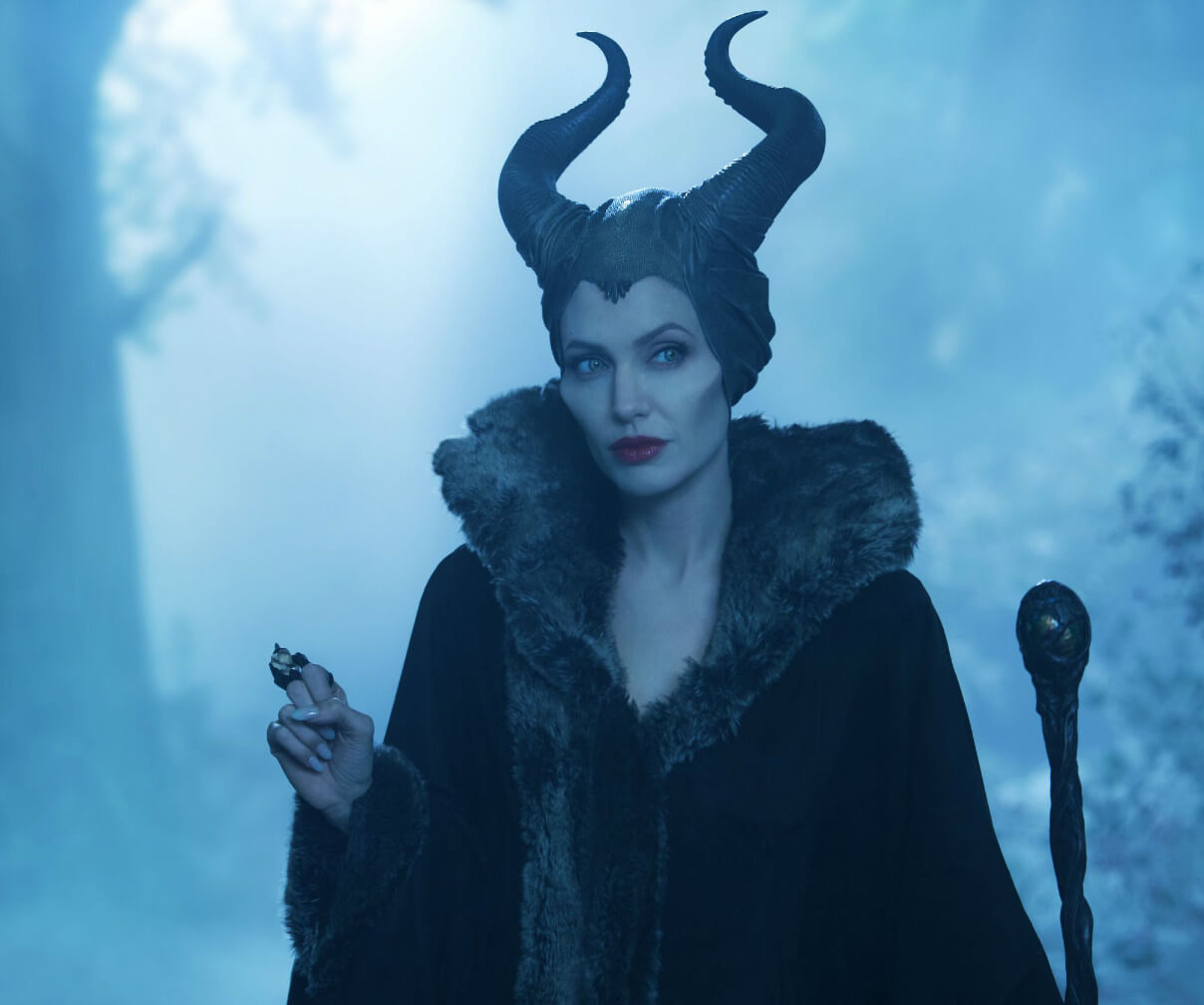
This movie had all the cards to deal an eerie dark fantasy unlike anything ever seen before in the franchise—the haunting melodies of Lana Del Rey, Angelina Jolie’s intense presence, and the first inside look through the mind of one of Disney’s biggest baddies. Instead, the film prompted to instill an overwhelming tone of female empowerment and sympathy that did not suit the spirit of Maleficent as she has been presented throughout the decades. It was entirely possible to make her character sympathetic while maintaining her malevolent reputation, but not even Jolie’s seasoned acting could save the contrived plot.
That’s not to say that originality is a bad thing. It would seem even more pointless to resurrect these classic animations as live-action films if they were scene-by-scene duplicates. The problem arises when they contradict and negate the spirit of the originals. For instance, take 2015’s Cinderella. Although the animated movie is not entirely fleshed out or complex in premise, it still possesses the antiquated charm of a young girl struggling to break free of her oppressing family and eventually becoming the princess she was meant to be.
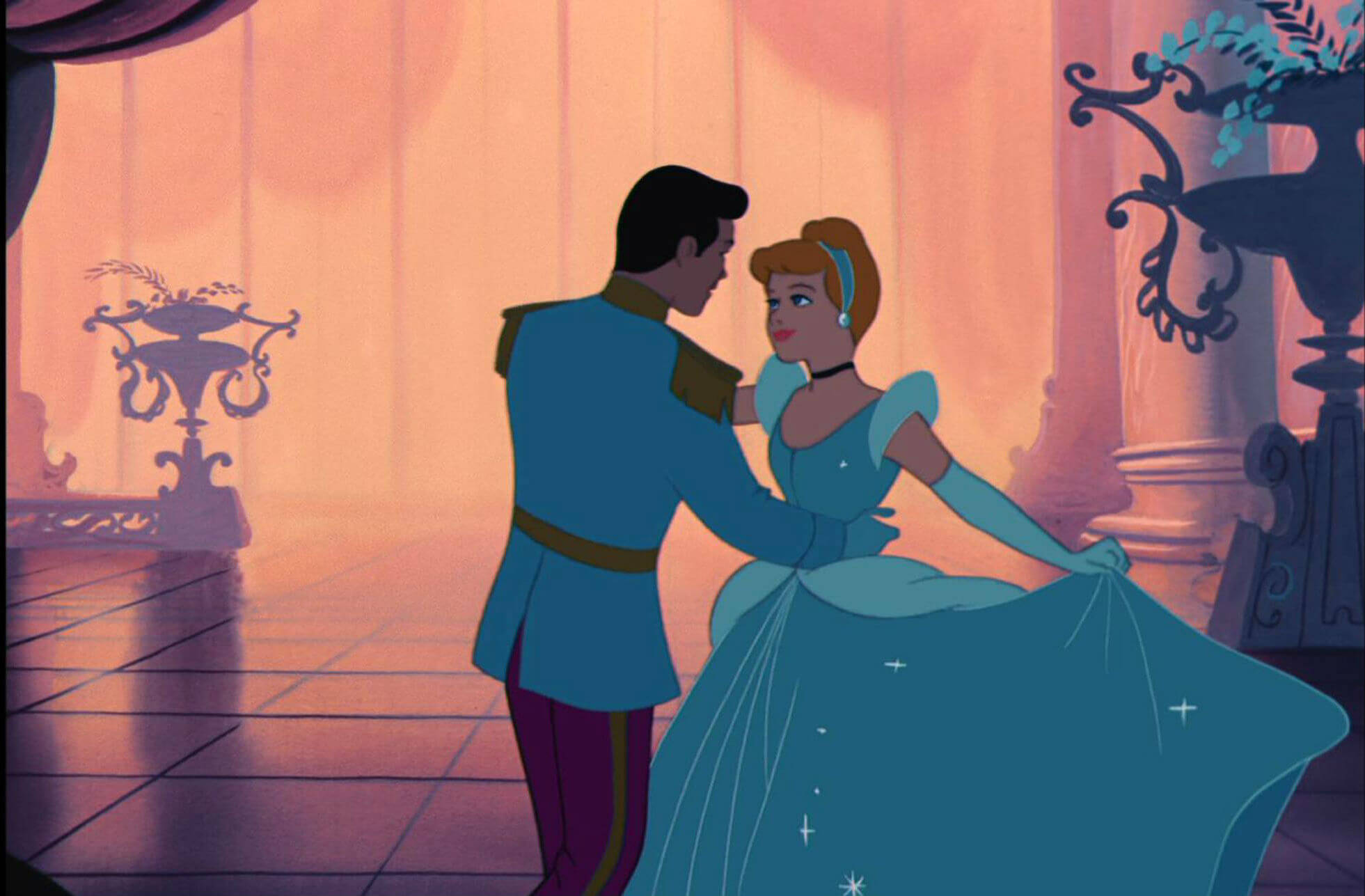
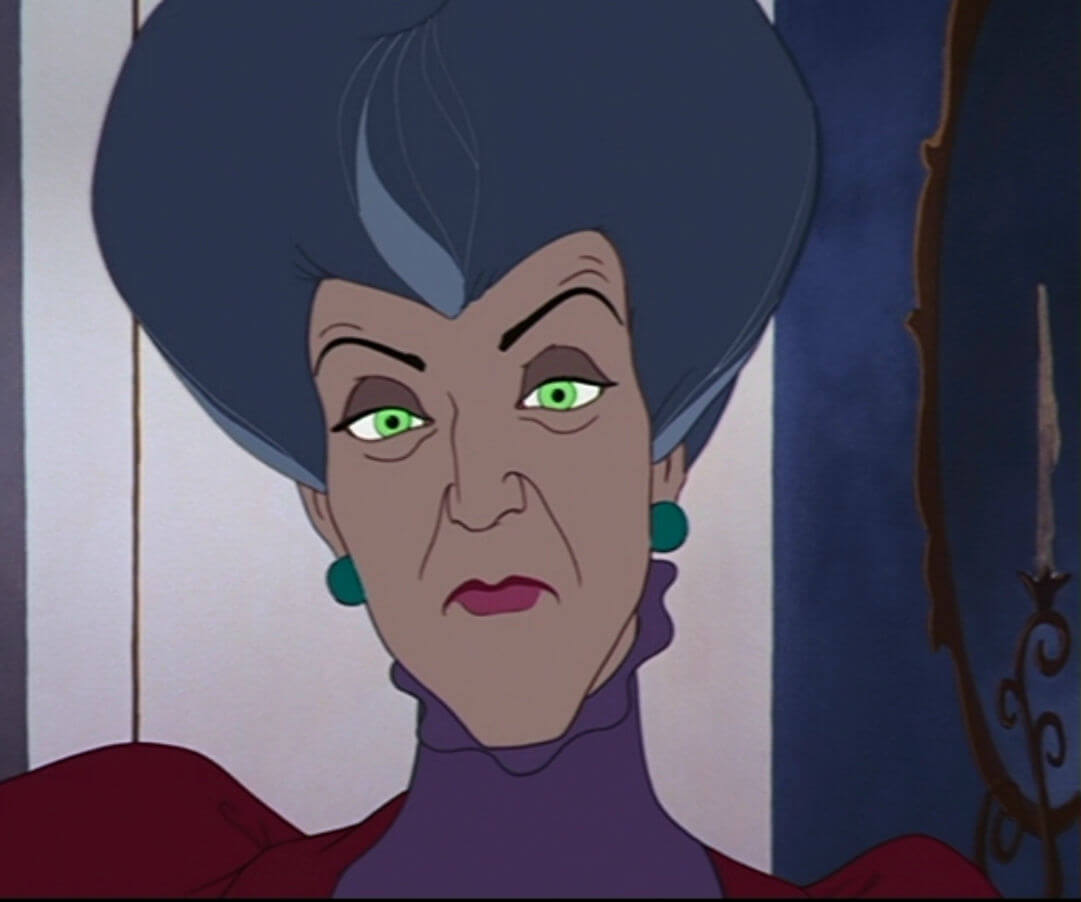


The live-action version attempts to honor this idea, but in the process of updating and embellishing the title character, it creates a protagonist that is too independent, too kind-hearted, and seemingly perfect. It’s understandable that since Cinderella is considered to be the matriarch of all the Disney Princesses the creators of the live-action film would want to depict her in as best a light as possible, but a line needs to be drawn when Cinderella’s personality and actions obstruct her dependency on a fairy godmother to liberate her. It is beneficial, however, that Cinderella’s prince is given more of an identity this time around, but does that truly make the character any more memorable? Character development will trail behind the assortment of fancy dresses and CGI magic.
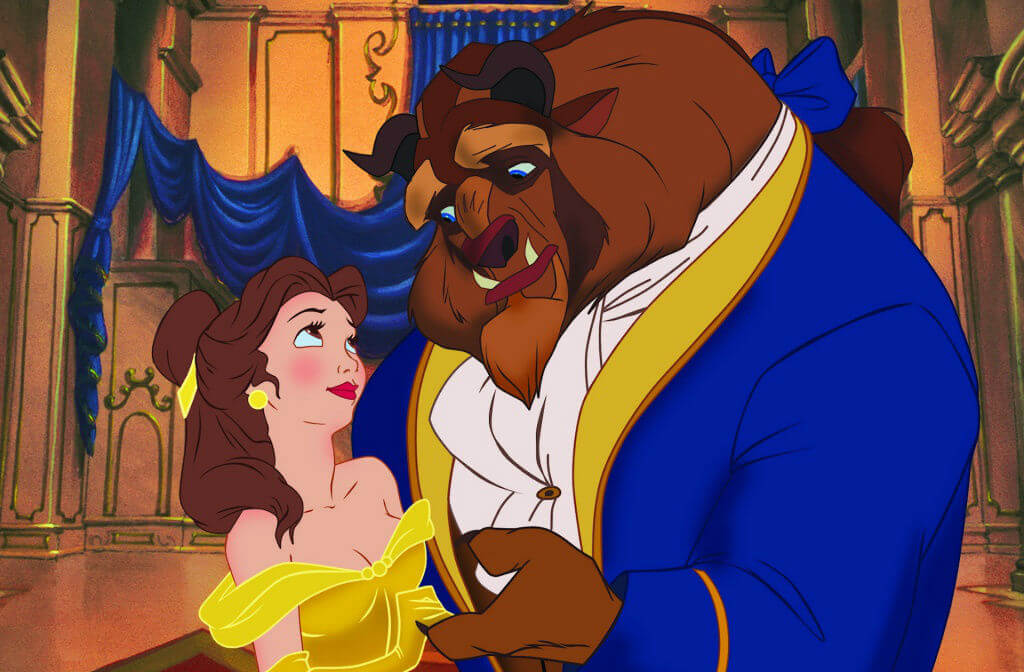

Speaking of the computer-generated visuals, these live-action adaptations have a tendency of making characters look bizarrely unnatural. Never before has Chip the teacup inflicted terror upon those who meet his dead-eyed painted gaze like he does in the new Beauty and the Beast film. The same malady also befalls the other talking objects inhabiting the castle. These characters were originally designed to be drawn on paper. Their expressions, mannerisms, and overall appearance were poorly translated into a three-dimensional environment, which is further emphasized whenever they appear onscreen with a real actor. Even Disney is capable of rendering some of its most unique characters nearly unrecognizable.
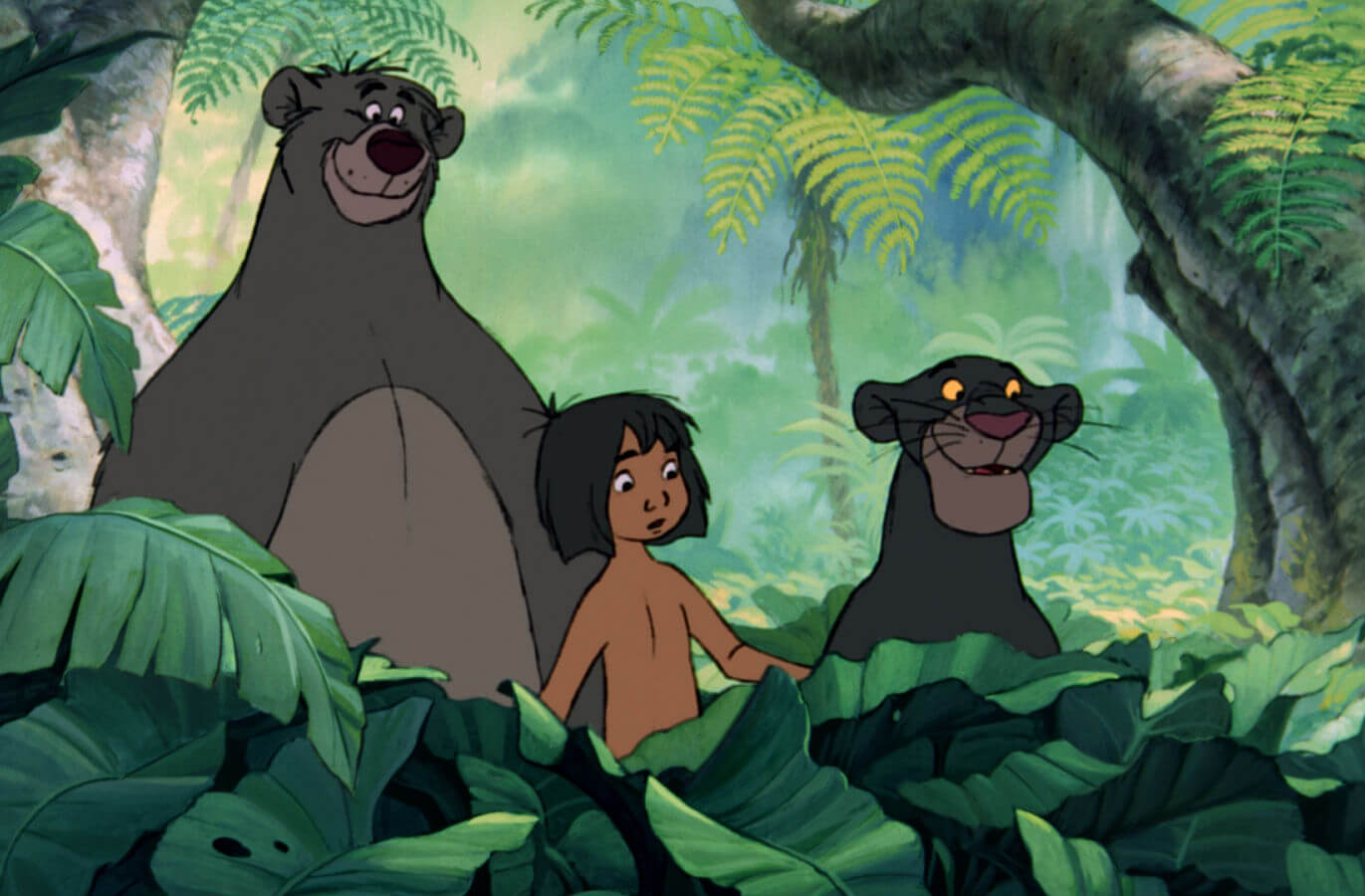

This is not said to discredit the impressiveness of the CGI demonstrated in the movie, The Jungle Book (2016). That film successfully created an entire world from the ground up, making audiences truly feel as though they were amid exotic wildlife, when in actually, the expansive environment was created on a soundstage in downtown Los Angeles. Even so, that does not forgive the grotesque awkwardness of the three fairies Flora, Fauna, and Merryweather’s appearances in Maleficent.
Perhaps this is merely the opinion of a disgruntled millennial too swept up in the past, but these new live-action films are incomparable to their original animated source material. The childlike majesty of Disney could never be replaced or upstaged by the face of a celebrity. That is not the Belle we know; that is Emma Watson. We hear Bill Murray’s voice, not Baloo the bear. And where is the Fairy Godmother? All we see is Helena Bonham Carter playing dress-up again. Regardless of their quality, Disney’s new live-action additions will no doubt cement themselves into the company’s continuously growing legacy. There is no uncertainty, however, when it comes down to which versions of the same stories first captivated generations of awestruck youth learning to believe in the power of magic onscreen.
